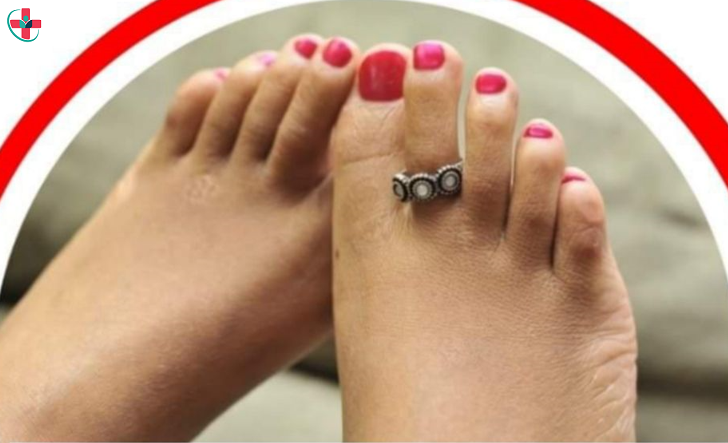It’s time to re-assess our foot health. While having your toenails painted in a rainbow of bright colors can be a popular choice during the warmer months to show off in your flip-flops, what are the health benefits – and risks – of getting a pedicure?
The Good: Benefits of a Pedicure
While many health professionals see no benefit to a high street pedicure, there are certain elements to the service that we would normally recommend as part of a healthy foot care regime.
1. Exfoliate and Moisturise
Enjoying a foot scrub through exfoliating lotions or using a pumice stone is great for ridding your feet of unwanted and painful hard skin. A foot massage boosts circulation through your feet and toes, and rubbing in some good foot cream helps to moisturize your skin too, keeping your feet feeling and looking healthy.
2. Keeping Your Nails Trim
Having your nails trimmed regularly is a great way to avoid ingrowing toenails, so long as they’re cut properly, which means in a straight-across direction, rather than rounded. Your pedicurist, having such a close look at your feet, should be able to spot signs of toenail infections and give you an early warning if you need to get treatment.
3. Beneficial Nail Varnishes
There are some nail varnishes on the market that claim to improve toenail health, from brands such as Liz Earle and Orly. They include vitamins and essential oils in their formula and provide a ‘breathable’ finish, which boosts nail health while you’re wearing it.
The Bad: Some Ugly Truths To Look Out For
While we all like to look good, being healthy is much more important. Before booking your next pedicure appointment, maybe follow the advice which recommends leaving nails un-varnished for at least a few days each month to allow them to breathe and recover from any discoloration. And be aware of the following risks…
1. The Spread of Bacteria
Footbaths, when not properly cleaned with disinfectant between customers, can be an easy way for bacterial and fungal infections to spread. If you have any cuts or grazes on your feet or lower legs you should be especially careful not to let them come into contact with the potentially dirty water.
2. Un-Sanitised Tools
Tools, such as files, clippers, and buffers should always be new and come from a sealed pack for each customer. However, in many salons, this is not the case. If just one client is suffering from a fungal infection, it can spread throughout a salon’s clientele by the use of the same equipment across customers when filing and shaping your nails. Avoid these risks by taking your own tools with you or checking they come from a new sealed pack.
3. Untrained staff
Untrained beauticians can be unaware of the dangers of poorly trimmed toenails, and can actually increase your chances of developing ingrown toenails if they trim the nails too short or shape them incorrectly.
